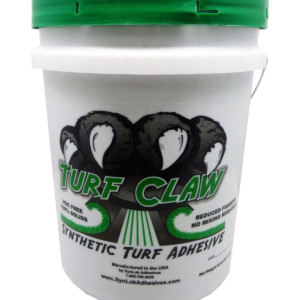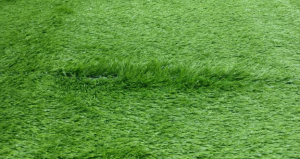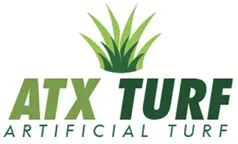What Glue to Use for Artificial Grass?
Published August 26, 2022
How Many Buckets of Glue do You Need for Your Area? Our Turf Calculator will calculate the amount of glue and seam fabric you will need.
If you are installing turf in an area larger than 15 feet across, you will inevitably have seams that connect 2 or more pieces of turf. Artificial Turf is manufactured in 15 foot wide rolls, or 12 ft wide rolls in some cases, so if the area is larger than 15 x 15 or 12 x 12, two pieces will need to be seamed together. In other cases, you may consider gluing artificial turf directly to concrete or asphalt, which we discuss below.
There are several types of glue that can be used with artificial turf that each work in varying degrees.
1 Part Artificial Turf Glue
1 Part Artificial Turf Glue such a TurfClaw. typically comes in 5 gallon buckets or 28 ounce caulk tubes. A 5
The 1 Part Glue is easier to apply as it does not need to be mixed with anything. 1 part glues are “moisture” curing glues, meaning that they pull moisture out of the air to cure. This means that in drier environments the glue will take longer to cure, while in more humid environments, or just after it rains, the glue will cure faster. Some 1 part glues will even advise to take a spray bottle of water and spray the back of the turf before applying the glue, to help accelerate the curing process. Too much, moisture, however, will cause the glue to foam up and will not adhere properly.
2 Part Artificial Turf Glue
As opposed to “moisture” curing 1 Part Glues, 2 Part Turf Glues are chemically bonded by mixing a chemical into the glue at the time of installation. The advantage to 2 part glues, is that they can cure much faster. The disadvantage is that it adds a step to the installation process. The smaller “B” part of the glue must be mixed into the larger “A” part of the glue with a drill and paint stirring implement. If the “B” part is not thoroughly mixed into the “A” part, the glue will not cure properly and your seams will not be secure, causing tripping hazards down the road. A drill with the stirring implement is necessary, as simply stirring with a paint stick will not combine the 2 parts sufficiently.
Off the Shelf Glue
While it’s recommended to use heavy duty glues created for artificial turf, sometimes in pinch, in low traffic areas, carpet glue from Home Depot or Lowes may suffice. Roberts 6700 available in the carpet section in small pales, can help adhere the edges of turf to the floor and create some tackiness in entry ways into batting cages. However, you will likely be able to pull the turf back with your bare hands even after it has time to cure. This solution is not advisable on athletic fields, or heavily trafficked areas. If you need something in a pinch, to help you get through a weekend event, this may be the best option available to you at the time.
How to Apply Artificial Turf Glue
A 3/16 inch, tooth, notched trowel, usually available at Home Depot or Lowes, is recommended for applying the glue to the seam fabric. On a 12 inch wide seam fabric, this trowel creates the proper sized beads of glue, such that when the turf is laid and pressed, it will cover, roughly, the middle 10 inches of the 12 inch wide seam fabric.
For larger applications, it may be more efficient to use a Turf Glue Box.
Can I Glue Artificial Turf to Concrete?
Technically, Yes. However, it’s important to be aware of the implications. As explained above, artificial turf glues are very strong and designed to stand up to athletic use for years. Once you glue a piece of turf to concrete, and it properly cures, it will not be easy to remove later on. If you try to pull it up, it is likely that the glue will remain on the concrete, pull out the fibers with it and some of the backing will still be stuck to the floor. If you plan on re-turfing over the area, you will have to scrape these bits off with a knife or sander before re-installing new turf over it. This can often take longer than the installation of the new turf and should be considered in turf replacement quotes.
It’s also important to understand that artificial turf expands and contracts over time and fluctuations in temperature. Much like wooden doors may be harder to open in a house in the summer, because the material expands. In warmer temperatures, artificial turf can expand by several inches, which can cause awkward wrinkling. Sometimes it’s very subtle, while other times it can be severe. The difficulty with gluing portions
One solution to avoid this, is to glue 100% of the turf onto the surface. This can however, be costly in materials and labor, and poses a major problem when the turf needs to be removed or replaced, as the glue will inevitably be stuck to the floor. Heavier turfs with a 5mm backing for example, are often simply “loose” laid in facilities with only the seams being glued with seam fabric. This allows the turf to expand and contract at will, and is much easier to fix any wrinkling that does occur down the road.
Call your representative at ATXTurf today, to discuss what artificial grass glue might be best for your application. 866-428-2809

0 Comments